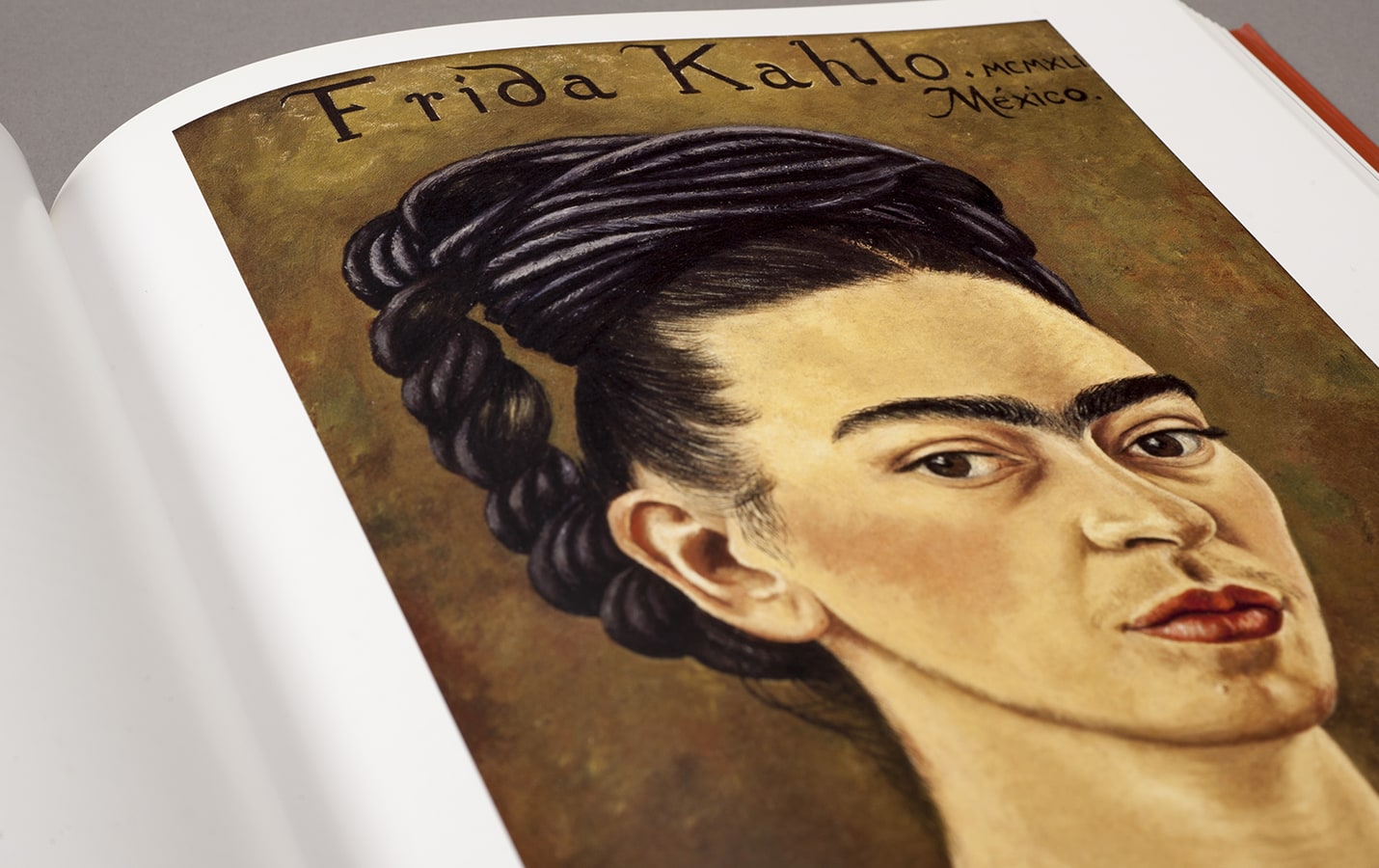December 23, 2010 - March 27, 2011
The Frida Kahlo and Diego Rivera from the Gelman Collection exhibition introduced art lovers to two of the most outstanding and globally renowned Mexican figures of 20th century art. Generating wide interest as much with their unique characters, life stories, and intriguing relationship, as with their oeuvre, these two artists were welcomed for the very first time to Turkey, at the Pera Museum, with this exhibition that presented over forty of their works.
Collectors Jacques and Natasha Gelman spent a significant portion of their lives in Mexico; the works included in the couple's extensive collection, encompasses 20th century Mexican art, outstanding Frida Kahlo self-portraits, that reflect the profound traces of her artistic personality, as well as rare examples of Diego Rivera's canvas paintings. This globally acclaimed collection was previously presented to audiences only through a limited number of exhibitions outside of Mexico. Apart from the most favored Frida Kahlo works of the “Frida Kahlo Retrospective” organized in Berlin and Vienna in 2010, the exhibition at Pera Museum also included Diego Rivera's paintings.
The exhibition was composed of the works of Frida Kahlo and Diego Rivera, who inspired the motion picture and literary worlds with their oeuvre and unconventional lives, was further extended until 27th March 2011.
Exhibition Catalogue

Frida Kahlo and Diego Rivera: From the Gelman Collection exhibition introduced art lovers to two of the most outstanding and globally renowned Mexican figures of 20th century...
Video

The Academy of Fine Arts in Sarajevo was founded in 1972 as the first Academy of Fine Arts in Bosnia and Herzegovina and became one of the forerunners in Bosnian contemporary art. Academy continued its operation throughout the war years (1992-1995) in besieged Sarajevo and participated in important international art projects.

The exhibition “Look At Me! Portraits and Other Fictions from the ”la Caixa” Contemporary Art Collection” examined portraiture, one of the oldest artistic genres, through a significant number of works of our times. Paintings, photographs, sculptures and videos shaped a labyrinth of gazes that invite spectators to reflect themselves in the social mirror of portraits.
Tuesday - Saturday 10:00 - 19:00
Friday 10:00 - 22:00
Sunday 12:00 - 18:00
The museum is closed on Mondays.
On Wednesdays, the students can
visit the museum free of admission.
Full ticket: 300 TL
Discounted: 150 TL
Groups: 200 TL (minimum 10 people)